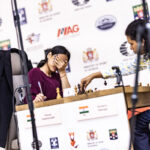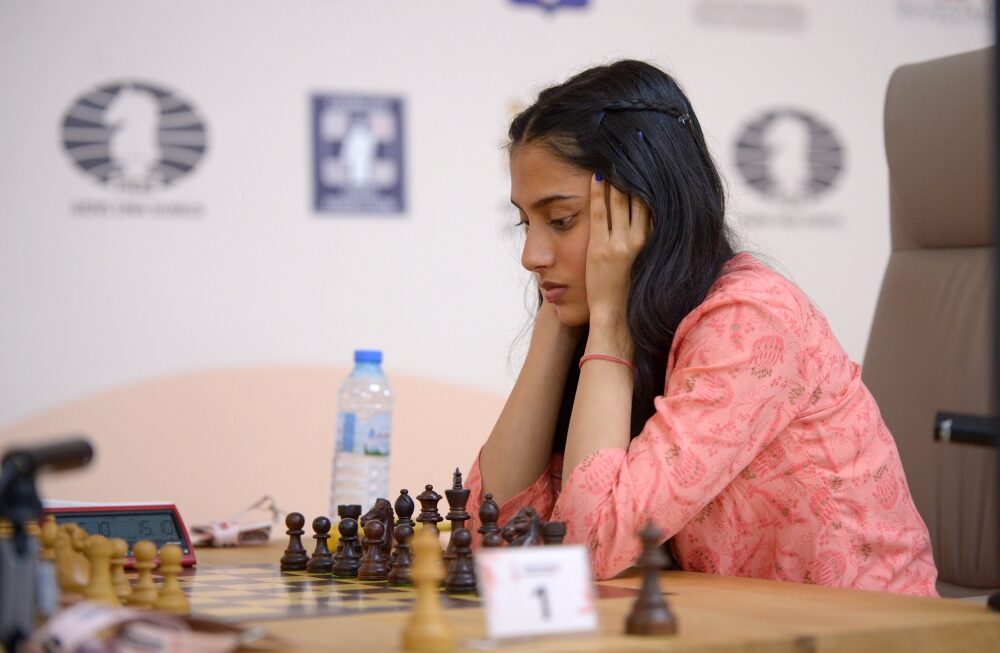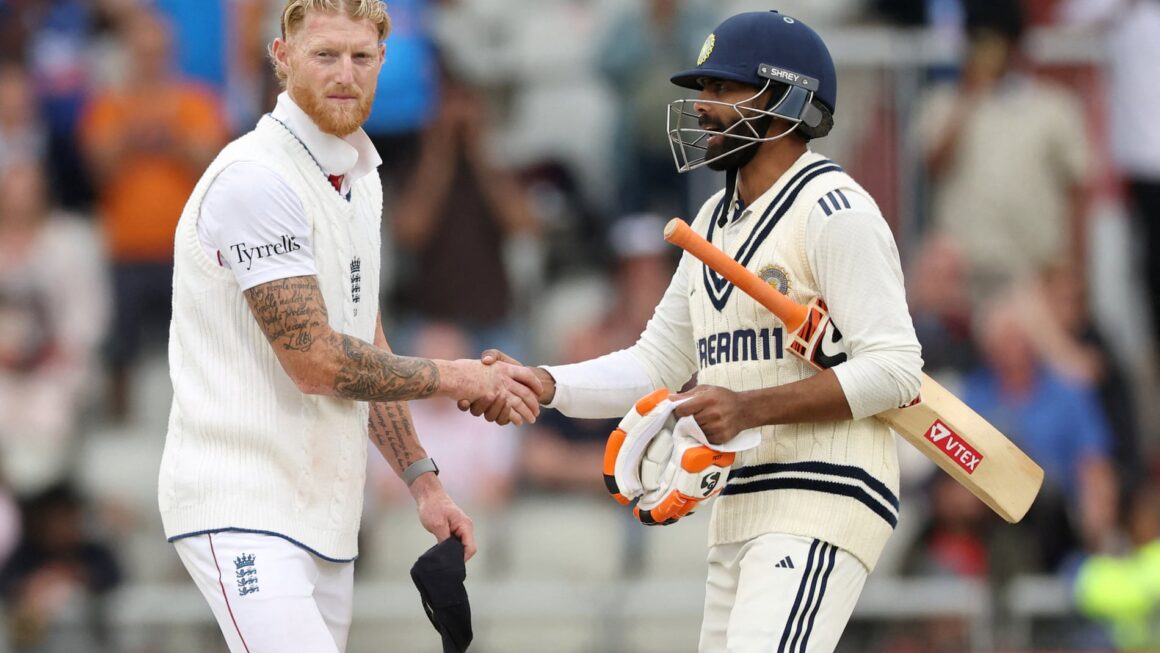Sourav Ganguly’s Strategic Critique: Why Kuldeep Yadav’s Exclusion Could Define India’s England Tour
Ganguly’s Bold Assessment of Gambhir’s Selection Strategy
Sourav Ganguly Slams Gautam Gambhir Over Kuldeep Yadav: Former India captain Sourav Ganguly has delivered a pointed critique of head coach Gautam Gambhir’s team selection approach, specifically advocating for spinner Kuldeep Yadav’s inclusion in the fifth and final Test against England at The Oval. The seasoned cricket administrator’s intervention comes at a crucial juncture when India’s Test series hangs in the balance, with the team desperately seeking bowling combinations that can exploit English conditions effectively.
Ganguly’s strategic assessment transcends mere player preferences, representing a fundamental philosophy about spin bowling’s role in overseas Test cricket. His advocacy for Kuldeep Yadav reflects deep understanding of how wrist-spin can become a decisive factor in English conditions, particularly as matches progress and pitches develop characteristics favorable to turning deliveries.
The Kuldeep Yadav Conundrum: Talent Sidelined
The 30-year-old left-arm wrist-spinner Kuldeep Yadav has remained benched throughout the Anderson-Tendulkar Trophy 2025, despite being part of India’s touring squad. This selection pattern has drawn sharp criticism from cricket pundits and former players who believe India’s bowling attack lacks the variety necessary to challenge England’s batting depth across different pitch conditions.
Kuldeep’s exclusion becomes particularly puzzling when considering his unique skill set in the current Indian bowling arsenal. Unlike conventional finger spinners, wrist-spinners like Kuldeep offer unpredictability that can disrupt established batting rhythms, especially in conditions where traditional pace bowling might lose effectiveness as matches progress.
Ganguly’s analysis suggests Kuldeep would have been particularly effective after the first two days when pitches start offering turn and rough patches develop. This tactical insight demonstrates how experienced cricket minds evaluate bowling strategies beyond immediate match situations, considering how playing surfaces evolve throughout Test match durations.
Tactical Analysis: Why Spin Matters in English Conditions
The strategic importance of including specialist spin bowling options in England extends beyond conventional wisdom about subcontinental conditions. English pitches, particularly venues like The Oval, develop characteristics that favor spin bowling as matches progress, creating opportunities for bowlers who can exploit wearing surfaces and footmarks created by pace bowlers.
Kuldeep Yadav’s left-arm wrist-spin presents unique challenges for batsmen accustomed to facing conventional off-spin or leg-spin bowling. His ability to turn the ball both ways while maintaining consistent line and length makes him a valuable asset in conditions where subtle variations can create wicket-taking opportunities.
The tactical dimension of Ganguly’s argument centers on bowling attack balance rather than individual player capabilities. Modern Test cricket demands bowling units capable of adapting to changing match situations, weather conditions, and pitch behaviors that can shift dramatically over five-day periods.
Gambhir’s Selection Philosophy Under Scrutiny
Ganguly’s surprise at Kuldeep’s continued exclusion raises questions about Gambhir’s selection philosophy and team management approach. The head coach’s preference for pace-heavy bowling combinations in English conditions reflects contemporary thinking about utilizing favorable overhead conditions and swing-friendly atmospheric conditions.
However, this approach potentially overlooks the value of having specialist spin bowling options available for specific match situations where pace bowling might prove less effective. Successful touring teams traditionally maintain bowling attack flexibility, enabling tactical adjustments based on evolving match scenarios and opposition batting strategies.
The selection debate highlights fundamental differences in cricket philosophy between experienced players from different eras. Ganguly’s advocacy for Kuldeep represents traditional thinking about maintaining bowling variety, while Gambhir’s approach might reflect more data-driven selection methodologies focused on immediate match conditions.
Historical Context: India’s Spin Legacy in England
India’s bowling success in England has historically relied on maintaining balanced bowling attacks capable of exploiting diverse conditions. Previous touring teams achieved memorable victories by utilizing spin bowling options effectively, particularly in matches where conventional pace bowling strategies proved insufficient against well-prepared English batting lineups.
The current series context makes Kuldeep’s exclusion more significant, as India seeks bowling combinations capable of creating wicket-taking opportunities across different match phases. Successful overseas touring depends on having multiple tactical options available, enabling match-situation adjustments that can capitalize on momentary advantages.
Ganguly’s cricket intelligence, developed through extensive playing and administrative experience, recognizes patterns that might not be immediately apparent in current selection thinking. His intervention suggests deeper strategic considerations about building bowling attacks suited for challenging overseas conditions.
The Oval Factor: Pitch Conditions and Strategic Implications
The Oval’s characteristics as a Test venue present specific bowling challenges that justify considering specialist spin options. The ground’s pitch traditionally develops rough patches and wearing areas that can assist spin bowling, particularly in final innings situations where match outcomes often depend on creating breakthrough moments.
Kuldeep’s bowling style would be particularly suited to exploiting such conditions, where his ability to vary pace, flight, and spin direction could prove decisive against batsmen under pressure. The venue’s dimensions and atmospheric conditions also favor bowlers capable of maintaining sustained pressure through accurate line and length bowling.
Strategic team composition for The Oval requires considering not just opening day conditions but how the playing surface might evolve throughout the match duration. Successful teams prepare for various scenarios, maintaining bowling options capable of capitalizing on changing circumstances that can determine match outcomes.
Modern Cricket’s Selection Dilemmas
Contemporary cricket faces complex selection challenges where statistical analysis, fitness considerations, and tactical requirements must be balanced against traditional cricket wisdom and experienced judgment. Ganguly’s advocacy for Kuldeep represents the latter perspective, emphasizing cricket knowledge accumulated through decades of high-level competition and team management.
The debate reflects broader tensions in modern cricket between data-driven decision making and intuitive cricket intelligence developed through extensive playing experience. Both approaches offer valuable insights, but successful team management often requires synthesizing multiple perspectives to achieve optimal results.
Selection controversies like the Kuldeep situation demonstrate how cricket’s evolution continues creating new challenges for team management. The sport’s increasing complexity demands sophisticated approaches to player evaluation and tactical planning that consider multiple factors beyond immediate performance metrics.
Impact on Team Dynamics and Future Strategy
Ganguly’s belief that Kuldeep should have played at least three Test matches in the series suggests broader concerns about India’s bowling strategy development. Such sustained exclusion of specialist players can impact team morale and limit tactical flexibility in crucial match situations.
The selection approach also affects player development and confidence, particularly for specialists like Kuldeep who require regular match exposure to maintain peak performance levels. Successful touring teams traditionally provide opportunities for different players to contribute based on evolving match requirements and conditions.
Future series planning must consider lessons learned from current selection approaches, evaluating whether bowling attack compositions achieved desired results or whether alternative strategies might prove more effective in similar conditions.
The Broader Strategic Implications
The Ganguly-Gambhir disagreement over Kuldeep’s selection extends beyond individual player considerations to fundamental questions about India’s overseas touring strategy. Successful international teams develop clear philosophies about building bowling attacks suited for diverse conditions while maintaining flexibility to adapt to specific match situations.
Cricket’s strategic evolution demands sophisticated approaches to player utilization that consider not just immediate match requirements but longer-term development goals and tactical versatility. The current debate reflects these complex considerations that shape modern international cricket team management.
India’s future success in overseas conditions will depend partly on resolving such selection dilemmas through approaches that synthesize experienced cricket wisdom with contemporary analytical methods. Finding this balance remains crucial for sustained international cricket success across diverse playing conditions.
Conclusion: Learning from Strategic Disagreements
The public discourse between Ganguly and Gambhir regarding Kuldeep Yadav’s selection represents healthy debate about cricket strategy that ultimately benefits Indian cricket development. Such discussions highlight different perspectives on team building and tactical planning that can inform future selection approaches.
Whether Kuldeep eventually receives opportunities in the remaining matches or future series, the debate serves valuable purposes in highlighting selection criteria transparency and strategic thinking processes. Successful cricket nations benefit from such analytical discussions that examine team management decisions through multiple expert perspectives.
The ultimate test of any selection strategy lies in match results and long-term team development outcomes. However, the Kuldeep situation demonstrates how cricket’s complexity requires continuous evaluation of tactical approaches and willingness to adapt strategies based on evolving understanding of what constitutes optimal team composition for specific conditions and opposition challenges.













